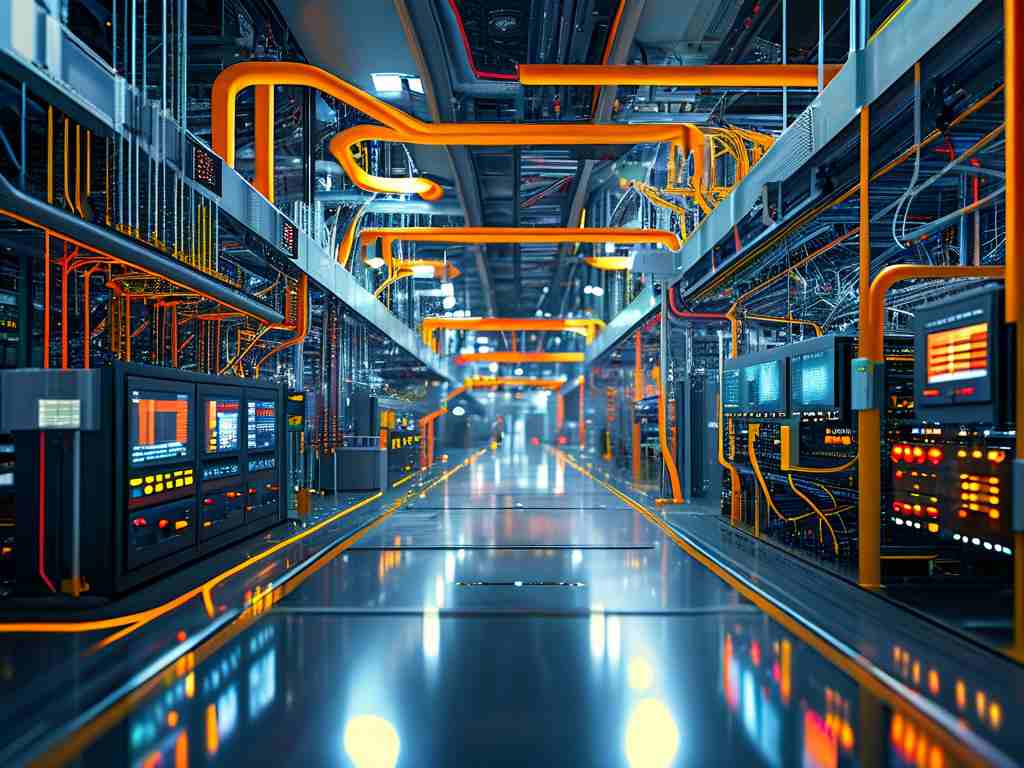In the rapidly evolving landscape of software engineering, distributed bus architecture has emerged as a pivotal framework for enabling scalable and resilient communication across complex systems. This design paradigm facilitates seamless interaction between decoupled components, making it ideal for applications ranging from microservices to IoT ecosystems. Let’s delve into its core principles, advantages, and real-world implementations.

At its foundation, a distributed bus architecture operates as a middleware layer that routes messages between services or devices without requiring direct point-to-point connections. Unlike traditional monolithic systems, where components are tightly integrated, this approach decouples producers and consumers of data. For example, in a smart city deployment, sensors (producers) can transmit environmental data to a bus, while analytics services (consumers) retrieve and process this information independently. This separation enhances flexibility and reduces system-wide dependencies.
One of the standout features of distributed bus architectures is their inherent scalability. By leveraging asynchronous communication, the system can handle fluctuating workloads without bottlenecks. Take e-commerce platforms as a case study: during peak shopping seasons, order processing services can dynamically scale by subscribing to a message bus that distributes tasks across multiple servers. This elasticity ensures consistent performance even under heavy traffic.
Resilience is another critical benefit. In a distributed bus setup, if a service fails, messages remain queued until the service recovers or a backup instance takes over. Consider a financial transaction system: if a fraud detection module goes offline, payment requests persist in the bus and are processed once the module is restored. This fault-tolerant design minimizes downtime and data loss.
Implementing a distributed bus architecture often involves tools like Apache Kafka, RabbitMQ, or cloud-native solutions such as AWS EventBridge. Below is a simplified code snippet illustrating a producer-consumer interaction using Kafka:
# Producer example
from kafka import KafkaProducer
producer = KafkaProducer(bootstrap_servers='localhost:9092')
producer.send('user_activity', b'{"user_id": 101, "action": "login"}')
# Consumer example
from kafka import KafkaConsumer
consumer = KafkaConsumer('user_activity', bootstrap_servers='localhost:9092')
for message in consumer:
print(f"Received: {message.value.decode()}")
However, adopting this architecture isn’t without challenges. Engineers must address latency issues in geographically dispersed deployments and ensure message ordering in scenarios like inventory management, where stock updates must be processed sequentially. Techniques like partitioning and idempotent processing help mitigate these risks.
Looking ahead, the integration of edge computing with distributed bus architectures is gaining traction. In autonomous vehicle networks, for instance, edge nodes process real-time sensor data locally while forwarding aggregated insights to a central bus for long-term analytics. This hybrid model optimizes bandwidth and response times.
In , distributed bus architectures empower organizations to build agile, future-proof systems. By abstracting communication layers and promoting modularity, they address the demands of modern applications—whether it’s handling millions of IoT devices or supporting real-time analytics. As technology continues to advance, this paradigm will remain a cornerstone of scalable software design.





